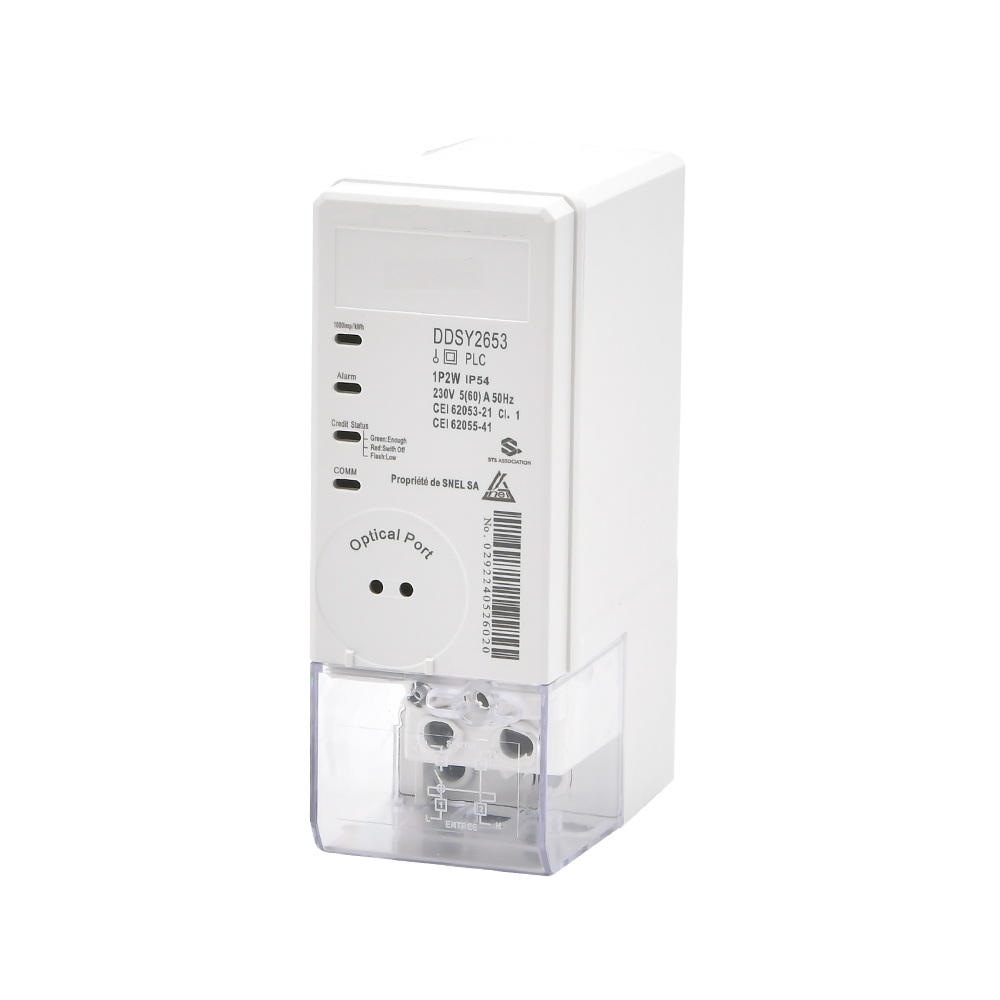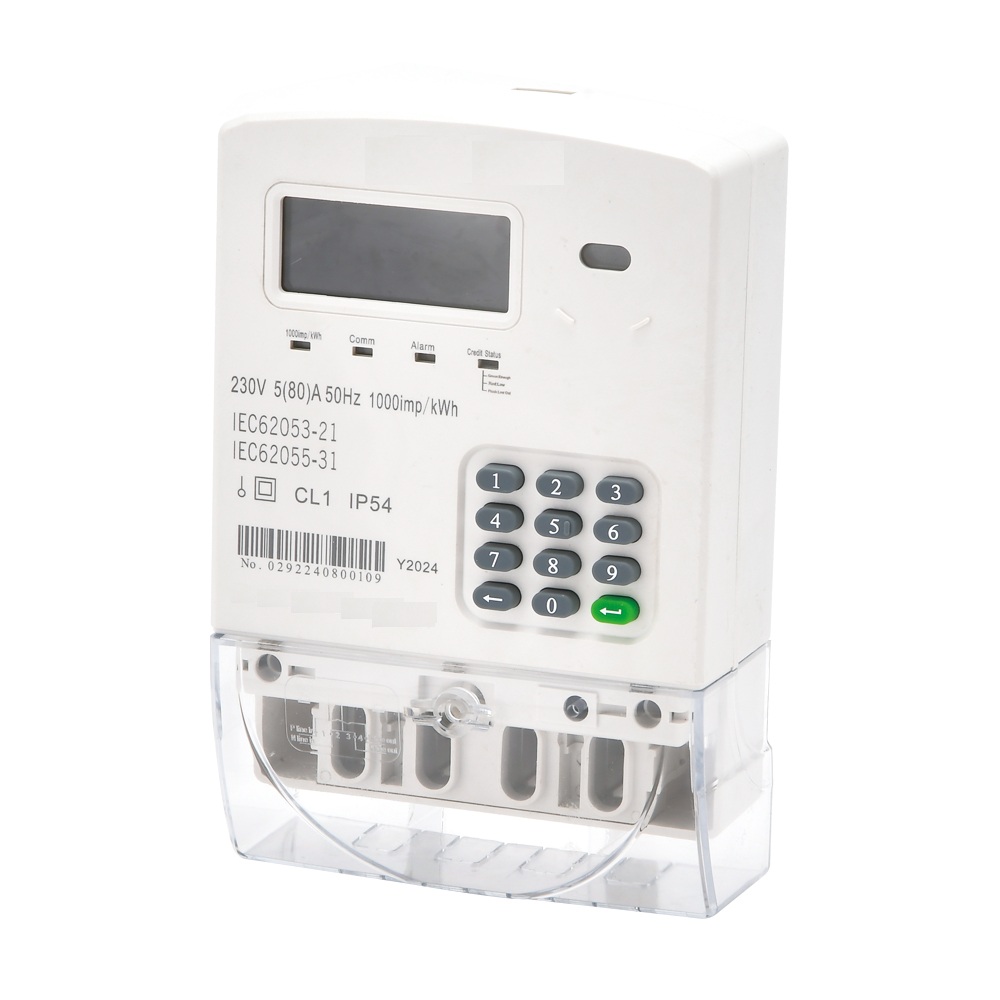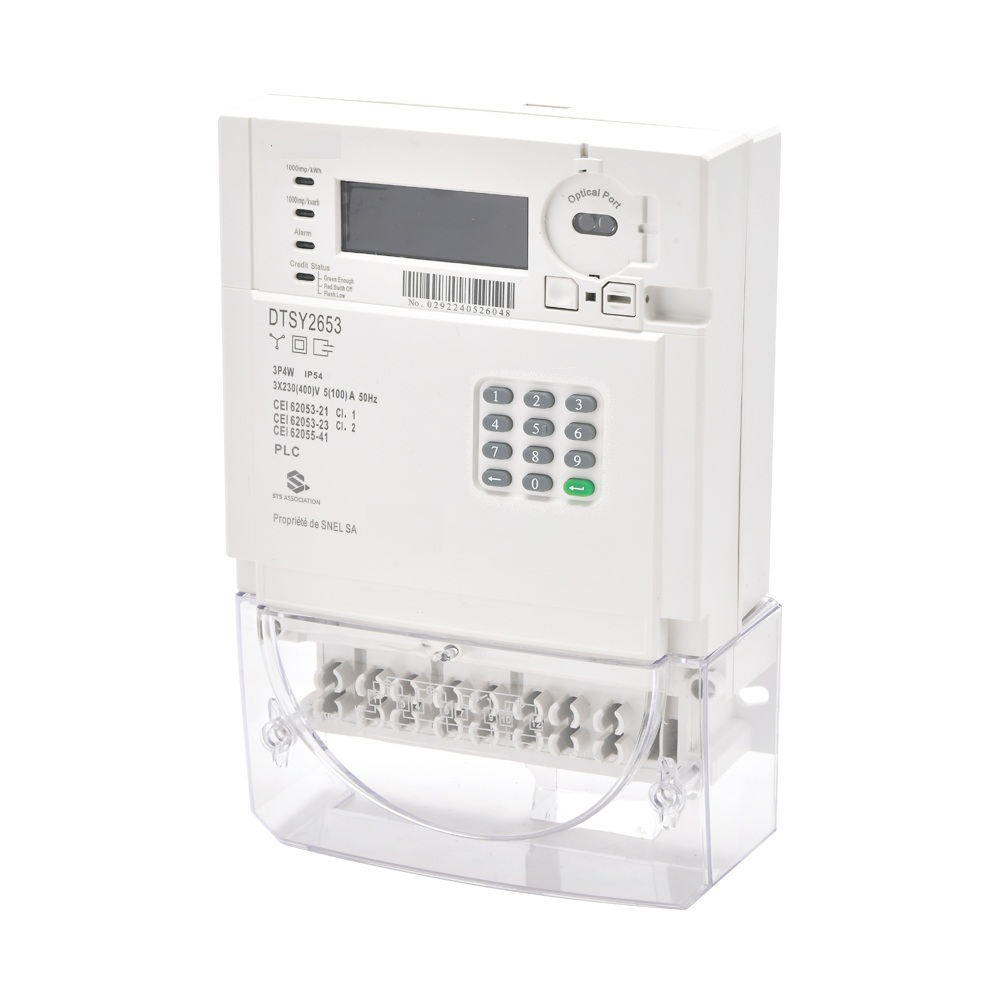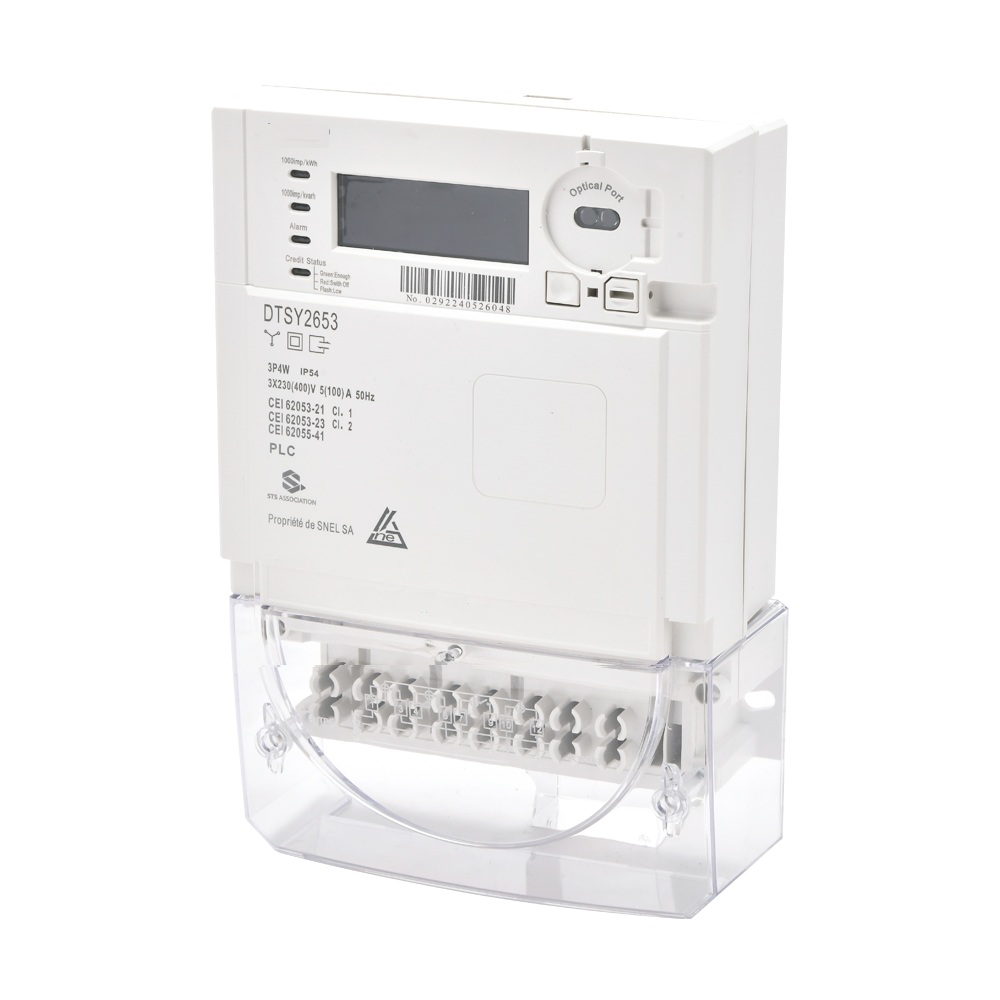Measurement chip and measurement accuracy of prepaid energy meters
Publish Time: Author: Site Editor Visit: 146
1、 Measurement chip: the technological foundation for precise measurement
The metering chip of prepaid electricity meters integrates high-precision sensors and specialized algorithms to achieve real-time collection and calculation of parameters such as voltage, current, and power. Its core functions include:
Signal acquisition and conversion
The measurement chip monitors the strong voltage and current signals of the power grid through multiple acquisition terminals, and converts them into digital signals through ADC (Analog to Digital Converter) circuits to ensure the accuracy of the original data.
Electricity Calculation and Storage
The chip's built-in simulator samples and calculates digital signals to obtain electricity consumption information, which is then classified and stored in registers. Some chips (such as ATT7053BU) also support functions such as time-sharing metering and maximum demand metering to meet the needs of complex electricity scenarios.
Anti interference and stability
High quality measuring chips adopt electromagnetic compatibility design, which can effectively resist external factors such as harmonic interference and voltage fluctuations. For example, the ATT7053BU chip has a built-in temperature compensation mechanism that can maintain measurement stability in environments ranging from -40 ℃ to+85 ℃.
Low power consumption and long lifespan
The low-power design of the metering chip (such as operating current ≤ 10mA) can extend the service life of the meter, and some chips support stable operation for more than 10 years, reducing maintenance costs.
2、 Measurement accuracy: the core indicator of meter quality
Measurement accuracy reflects the degree to which the measurement results of an energy meter are close to the true values, and is an important criterion for evaluating the performance of an energy meter. The influencing factors include:
Chip performance
High precision metering chips (such as those with an accuracy level of 0.2S) can achieve small current metering (starting current ≤ 0.001In), reducing the leakage of weak electricity consumption. For example, the ATT7053BU chip has an error of ≤ 0.1% within a dynamic range of 5000:1, ensuring accurate measurement across the entire range.
Calibration and Testing
The electricity meter needs to undergo strict calibration before leaving the factory to eliminate system errors. International standards (such as IEC 62053) stipulate that the basic error limit for level 2 meters is ± 2% under rated voltage, rated frequency, and power factor of 1.
environmental adaptability
Temperature and humidity changes may affect the characteristics of internal components of the electricity meter, leading to measurement deviations. High quality energy meters undergo environmental adaptability testing (such as high temperature, high humidity, and low temperature storage) to ensure that the error meets the standard within the range of -25 ℃ to+55 ℃.
load characteristics
The measurement accuracy of the electricity meter needs to be consistent under different loads. For example, under light load (such as a load of 5% of the rated current), the error should not exceed ± 0.5%; When overloaded (such as 1.2 times the rated current), the error should be controlled within ± 2%.
3、 The synergistic effect of measurement chips and measurement accuracy
High precision chips enhance measurement reliability
Chips using advanced metrology technology, such as the ∑ - Δ ADC architecture, can achieve an accuracy of 0.1% level. Combined with digital signal processing algorithms, they effectively suppress noise interference and improve data accuracy.
Precise calibration ensures long-term stability
The energy meter is calibrated using automated equipment for multi-point error correction, combined with the self calibration function of the chip (such as temperature drift compensation), to ensure that the measurement accuracy meets the standard within a 10-year service life.
Multi functional integration meets differentiated needs
Modern metering chips support functions such as harmonic analysis and event recording, providing power companies with more detailed electricity data, while ensuring data transmission security through encrypted communication (such as DL/T645 protocol).
4、 Industry Practice and Standard Specifications
International standard requirements
The IEC 62053 series standards provide clear regulations on the accuracy level, testing methods, and environmental adaptability of electric energy meters. For example, the basic error limit of a level 2 meter under rated conditions is ± 2%, and that of a level 1 meter is ± 1%.
Implementation of domestic standards
The Chinese national standard (GB/T 17215) is equivalent to the IEC standard and adds special testing items (such as voltage sag and short-term interruption) based on the characteristics of the domestic power grid. Prepaid electricity meters need to undergo type testing and batch sampling to ensure that the measurement accuracy meets the standard.
Technological development trends
With the development of IoT technology, measurement chips are evolving towards high integration, low power consumption, and intelligence. For example, chips that support NB IoT communication can achieve remote calibration and error monitoring, further enhancing measurement reliability.



